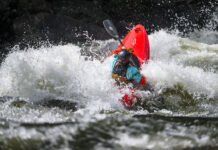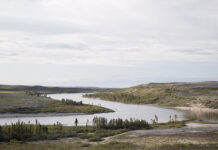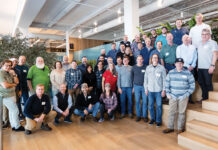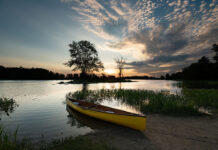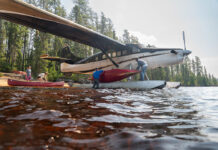Every boater knows that time on the river is the best cure for everything from a hangover to a messy breakup to the loss of a loved one. It makes sense that paddling can also help treat cancer, recover from war wounds, and manage autism spectrum disorder.
Across North America, these four non-profits are using paddling in transformative ways, and proving whitewater’s ability to form powerful friendships.
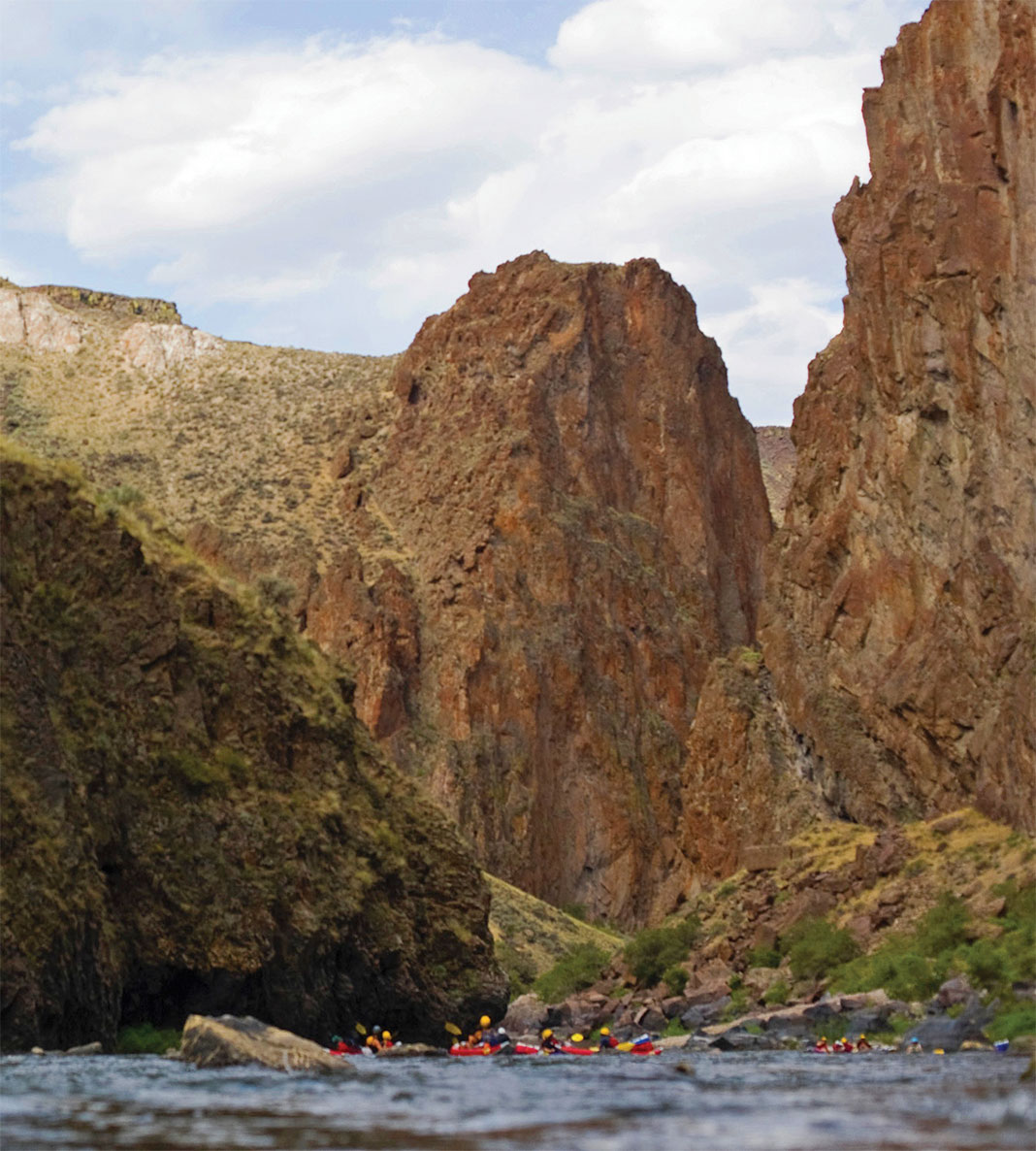
Whitewater Healing
Look up the definition for “ideas guy” and you might see a picture of indefatigable whitewater canoeist and entrepreneur Jim Coffey. So when Coffey’s family was touched by autism spectrum disorder (ASD), Ottawa-based videographer and open boater Mike McKay knew his friend would see the challenge as an opportunity to change lives. Still, McKay didn’t know what to expect last August when Coffey invited him to serve as a photographer at the first-ever Whitewater Healing program on the Ottawa River.
Coffey modeled his brainchild after Surfer’s Healing, an American program that introduces over 4,000 people with autism to surfing annually. Whitewater Healing creates a relationship between people with ASD, their parents or friends, and a professional whitewater paddler, known as an ambassador. Ambassadors connect with their pairings at least a month before the event to develop a friendship. On river day, activities include canoeing, kayaking, rafting and standup paddleboarding. Some people living with ASD are drawn to water, and Coffey predicted that whitewater would have profound therapeutic effects.
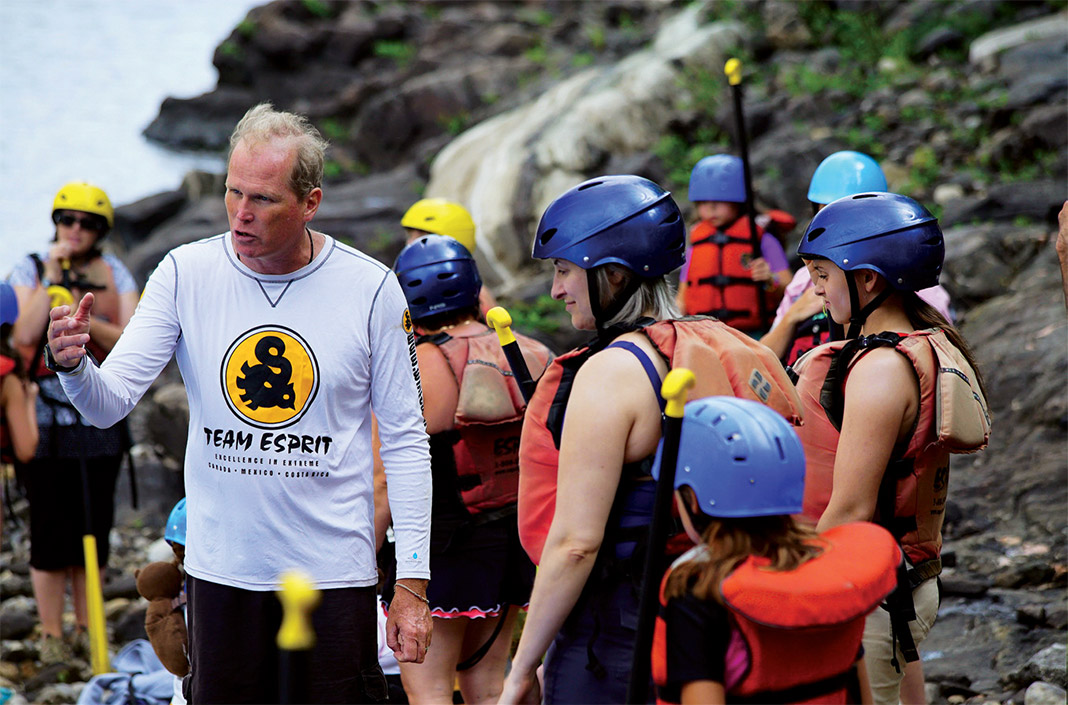
“The river is a great equalizer,” he says. “On the water, the challenges that the ASD participants face are the same that everyone faces when they try a new and exciting activity.”
Forty people gathered on the Ottawa River for Coffey’s inaugural event, and the day unfolded flawlessly, just as McKay envisioned. “In the moment, Jim has this crazy ability to pull it together better than anyone could,” says McKay. “In the end you realize his master vision; he really knew what he was doing.”
Behind the lens, McKay was struck by how rewarding the day was for parents. “There’s so much mystery involved [in ASD],” he says. “Here was a great opportunity for people to get together and share their experiences.”
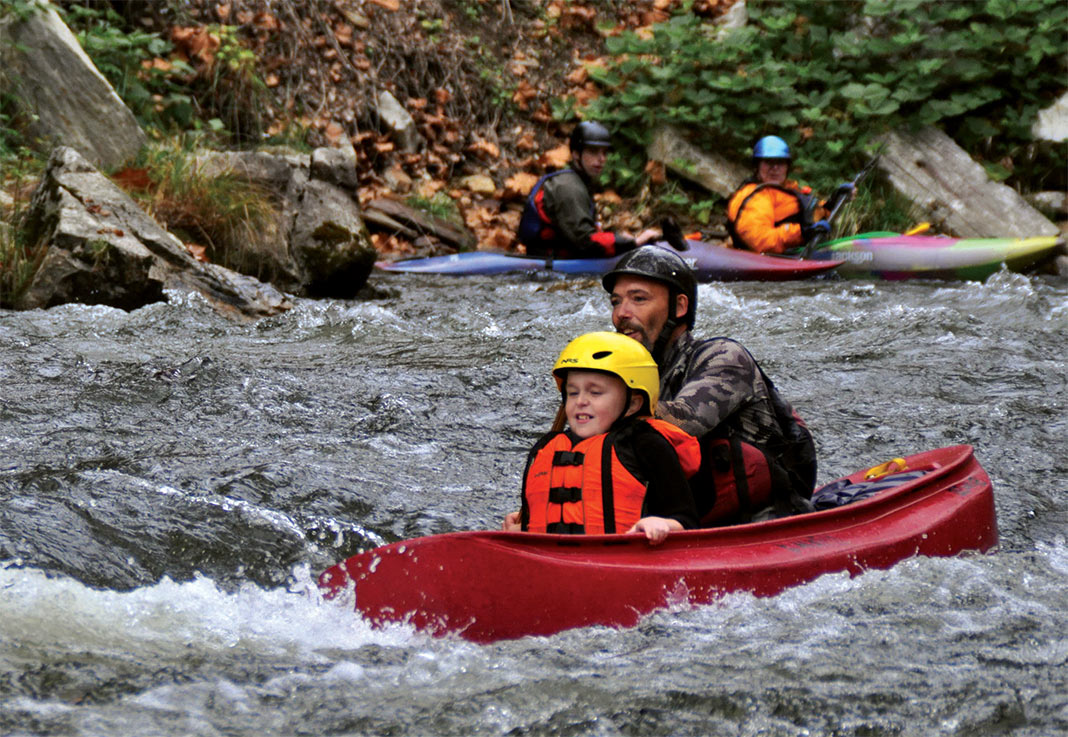
In October, Coffey hosted a second event on the Nantahala River in North Carolina. William Brittain learned about Whitewater Healing on Facebook and registered his son for the event. Paired with open boater Shawn Malone, Brittain says his son, Will, had the time of his life. “I sat behind Will in the raft and I actually felt his smile without being able to see it,” notes Brittain. “The trust we had developed for the Whitewater Healing team in such a short time was amazing.”
After the third program in Mexico in December, Coffey says Whitewater Healing touched nearly 150 people in 2015. This year, he hopes to deliver 10 non-profit programs on rivers in four countries. “It has been said, ‘The meaning of life is to find your passion. The purpose of life is to give it away,’” says Coffey. “This statement truly embodies what we’re all about.”
First Descents
When Brad Ludden decided to become a professional kayaker instead of going to college, he made a pledge that belied his youthful 18 years of age. Ludden, who became the first-ever Nike-sponsored kayaker, graced the cover of Outside magazine and won Cosmopolitan magazine’s “hottest bachelor in America” title, vowed he would give something back to the sport and to society. He discovered his true reason for paddling when he volunteered at a camp for children with cancer in Montana. “It was such a stark contrast for me,” recalls Ludden. “At the time, I was always focused on the extreme. Yet there I was, having fun with kids on a flatwater pond.”
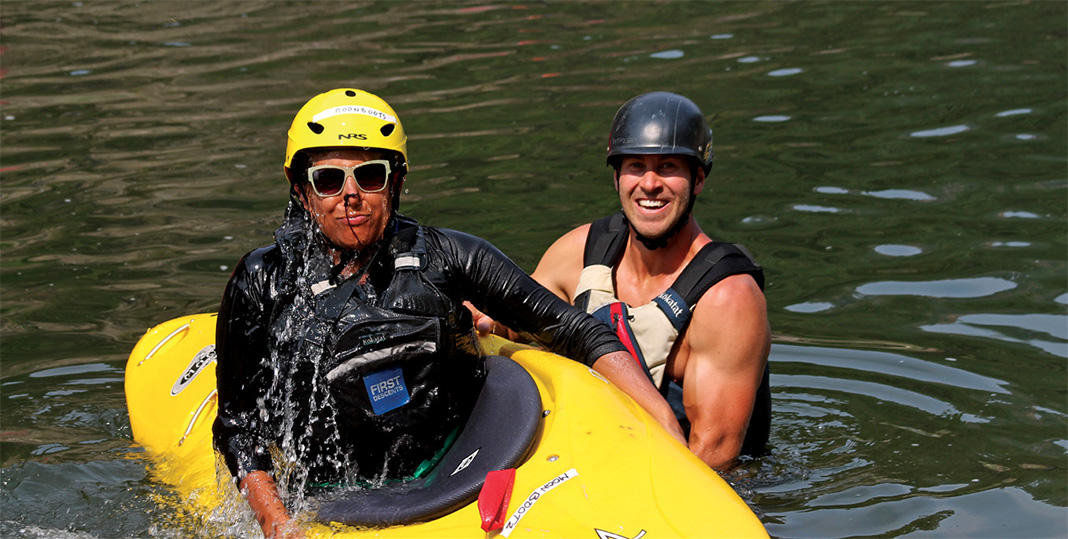
This experience, combined with watching his aunt struggle with cancer, sparked a desire to introduce patients to paddling. Ludden was only 20 years old in 2001 when he organized his first kayak camp for 19- to 39-year-old cancer patients on the Colorado River. “My biggest takeaway was how impactful and transformative it was,” says Ludden. “I knew it would be fun and people would enjoy it, but I didn’t realize just how much of a psychological impact it would have on young people.”
Ludden discovered he was supporting a unique demographic. With the shock of being diagnosed, young cancer patients are more likely to feel isolated by the physical and psychological turmoil of the disease. First Descents alleviates this stress by creating community, says Ludden. “They’re together with people of the same age who are facing the same challenges. That in and of itself is extremely healing.”
The free weeklong whitewater camps introduce basic safety and paddling skills and progress to a “pinnacle challenge,” says Ludden. First Descents also offers programs in other outdoor sports like climbing and surfing. Participants include people like Caryn Roach, who was 32 years old when she was diagnosed with Hodgkin’s lymphoma. Chemotherapy caused her to lose her hair and sapped her energy. She signed up for a First Descents camp, marked the dates on a calendar and made it an incentive to persevere.
Initially, Roach was afraid to try kayaking on the Clark Fork of the Columbia River in Montana. “When I went through my first rapid and felt the cool water splash around me and the rush of adrenaline, I knew I was hooked,” she says.“The experience also showed me that I am much braver than I ever imagined. Since First Descents, I have gone on three more whitewater kayaking trips. Each time I go kayaking I wonder if I am crazy. Then I find myself grinning ear to ear as I paddle down the river. It is like I am a different person when I am on the river—and I really love who that person is.”
Starting up, Ludden’s notoriety helped him leverage sponsorship dollars from Nike, Dagger and Kokatat. Being recognized as a professional kayaker lent authority to First Descents. “We broke the mold on cancer therapy,” notes Ludden. “I was able to reassure the medical community that this was a safe experience.”
In 2015, First Descents delivered 50 weeklong camps around the world, sharing the therapeutic benefits of adventure sports with over 1,000 cancer patients. “I really believe in the change in perspective of facing a challenge in the outdoors,” says Ludden. “All of those lessons and rewards translate very clearly to people with cancer. They restore self-confidence, destroy feelings of fragility and give an identity to these people other than being a cancer patient.”
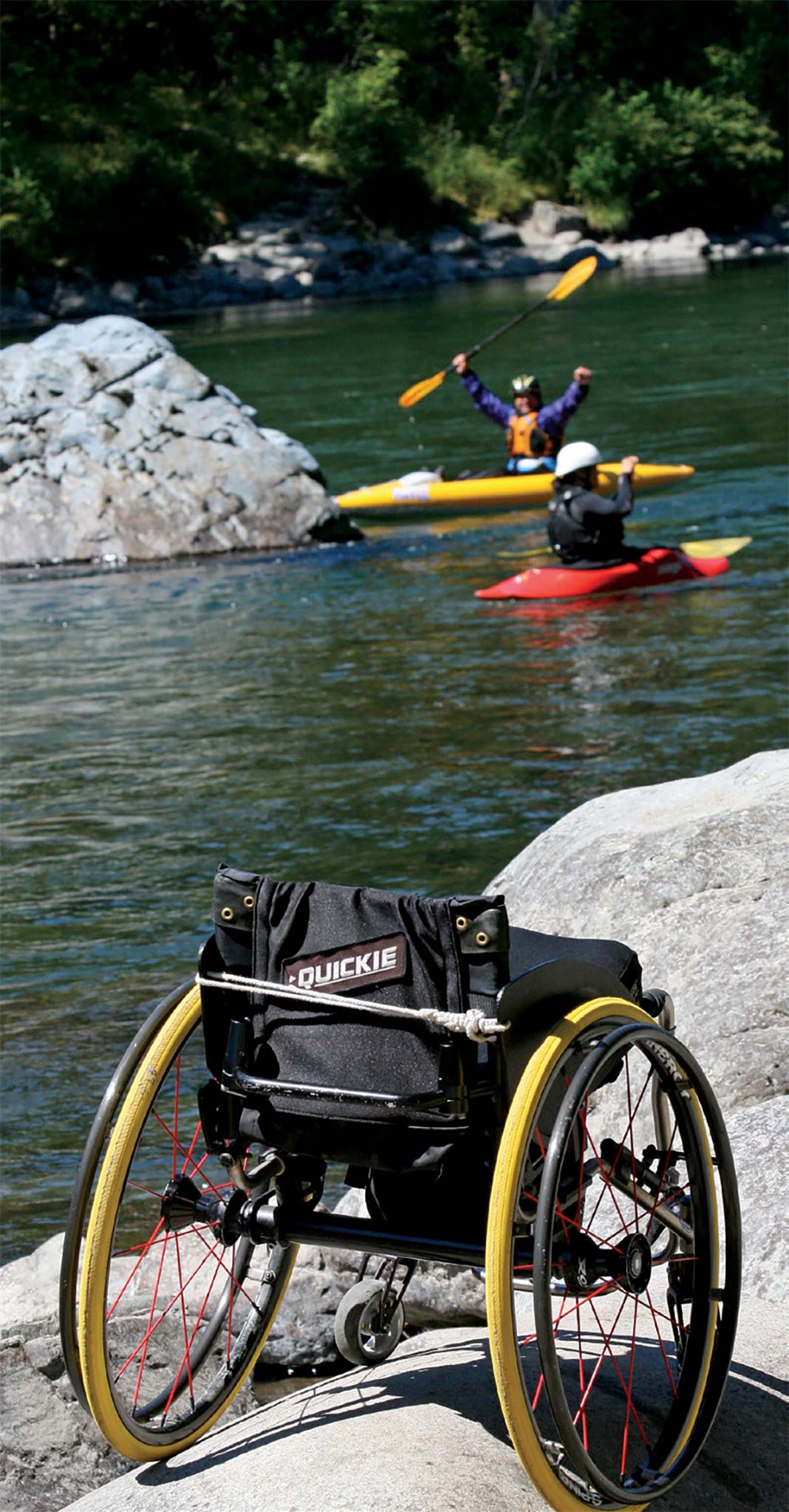
Team River Runner
For as long as he can remember, special education teacher Joe Mornini’s favorite way to battle stress has been an evening whitewater session on the Potomac River. In 2004, with the United States military engaged in missions in Afghanistan and the Middle East and the nation still feeling the impact of 9/11, Mornini and his paddling buddy, Mike McCormick, brainstormed ways to support the recovery of wounded and disabled soldiers. Their solution: Get as many as possible into kayaks.
After a chance encounter with a doctor at the Walter Reed Military Hospital in Washington, D.C., Mornini and McCormick made contact with the amputee ward. Soon, the friends assembled a few boats for a pilot program on Tuesday evenings. “It turned out every soldier wanted to participate,” says Mornini. “We just blew up from there.”
Mornini and McCormick’s first goal was to be inclusive to all veterans. Their “get butts into boats” crusade was the beginning of Team River Runner, a non-profit that now consists of 51 volunteer, veteran-coordinated chapters across the United States. Each year, the program sponsors more than 2,000 paddling days across the country. Perhaps the most accomplished Team River Runner alumnus is disabled Navy veteran Lonnie Bedwell, who in 2013 became the first blind paddler to kayak the entire Grand Canyon.
Mornini first met Bedwell at a Team River Runner-organized “Out of Sight” clinic for blind veterans. He says Bedwell’s sense of adventure is indicative of most veterans—and a big reason why paddling is such effective therapy. “No matter what era, no matter what conflict, veterans understand what their peers are going through,” says Mornini. “We’re paddling, but we’re also connecting people and forming a community.”
As a non-profit, Team River Runner’s funding strategy is to attract many small donations from individuals and corporations. Instruction is based on the American Canoe Association’s adaptive paddling training stream; Mornini insists he can accommodate all levels of disabilities, with the exception of people with severe neurological impairments and tracheostomies.
Despite Team River Runner’s overwhelming success, Mornini wants more. Florida has over 10,000 visually impaired veterans, he notes, and conflicts in Afghanistan and Iraq wounded over 3,000 members of the armed forces. “We’ve only skimmed the surface,” he says. “The disabled are the largest minority in America. We have to get them out of the shadows. Today, it’s not abnormal to see a wheelchair at a ski resort. But how many blind paddlers do you see? I had no idea what I was getting into, but I’m still learning and still seeing the rewards. My feeling is, how can I not work my ass off for this?”
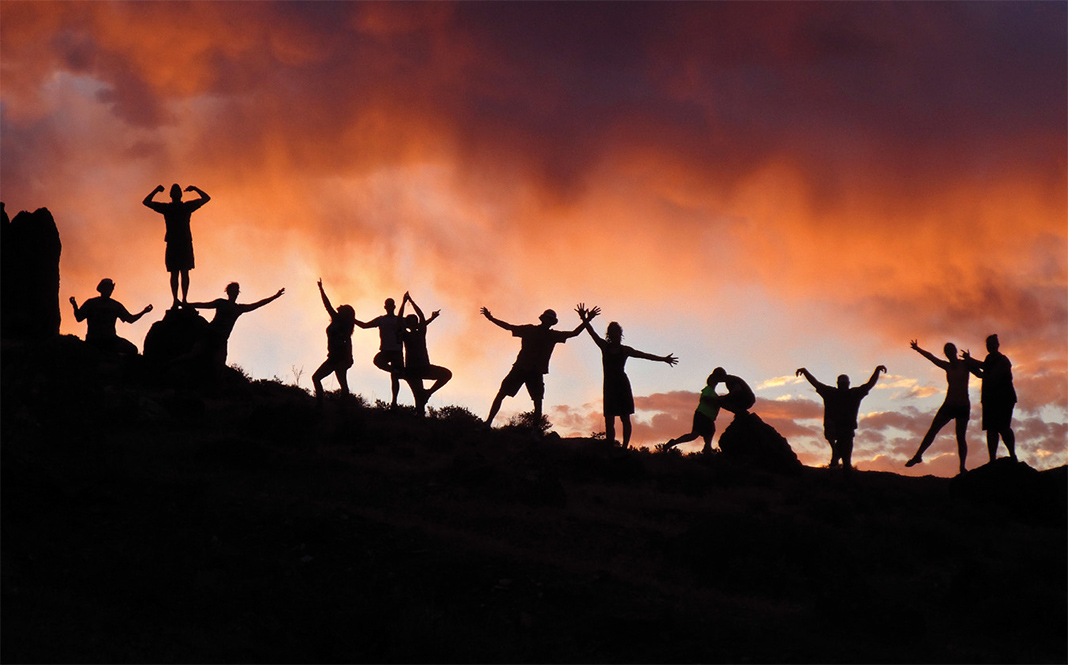
Survive and Thrive
Eight years ago, cancer was the last thing on Mike Lang’s mind. At 25, Lang was the archetypical dirtbag, alternating seasons as a ski patroller and raft guide in western Canada and the Pacific Northwest. Then he discovered a conspicuous grapefruit-sized lump on his chest. Soon after, Lang was diagnosed with Hodgkin’s lymphoma, a form of cancer. Suddenly his life was turned upside down.
In the rigors of his treatment, Lang was stricken by intense apathy. Before cancer, “I was healthy,” he says. “I didn’t drink too much or do drugs. Nothing I did brought this upon me.” What’s more, he felt utterly alone. None of his friends knew what it was like to have cancer, and the health care system seemed focused on supporting the psychological needs of juvenile and older patients.
By chance, Lang’s oncologist put him in touch with seven other young adults with similar health issues and common interests. Lang was itching to get back on the water, and he petitioned his peers with an audacious plan. “It was like, ‘I have cancer, you have cancer, let’s go kayaking,’” he recalls. Lang was six months out of treatment when the group floated inflatable kayaks through the stunning canyons of Oregon’s Owyhee River. “It helped me process what I’d been through,”notes Lang. “There was no need to censor conversations. That trip helped me place my cancer experience in the context of my life.”
The Owyhee float left Lang convinced “there’s nothing as effective as a wilderness trip—in particular a river trip—to draw people together and build community.” The experience inspired Survive and Thrive, Lang’s Calgary-based non-profit that brings young cancer survivors together on the water.
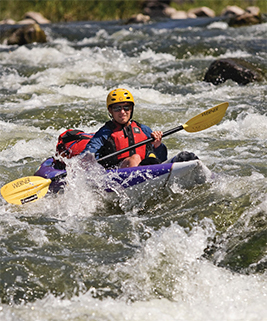
Lang and his wife, Bonnie, take part in each Survive and Thrive trip, which range from whitewater adventures to canoeing and sailing. In between adventures, the couple works tirelessly to promote their adventures to the medical community. Participants are recruited through word of mouth, with 90 percent referred by oncologists and nurses.
Matt Frank signed up for a Survive and Thrive rafting trip on the Colorado River’s Grand Canyon after treatment for brain cancer interrupted his university studies. “As survivors, we all come back from a diagnosis of cancer fundamentally changed,” says Frank, who went on to complete a nursing degree, encouraged by his experience as a patient and conversations with his tripmates on the Colorado. “Survive and Thrive opened a door for me. It helped me find direction in my new life.”
Lang says he wants his programs to stay small and intimate, so Survive and Thrive caters to around 50 participants annually. Meanwhile, Lang’s experience convinced him to pursue graduate studies at the University of Calgary in community health sciences, investigating the life changes cancer imposes on people. “After cancer, it’s easy to feel like you’ve missed out on a year of life,” says Lang. “On a wilderness trip, you start to realize that the things that were important to you before cancer aren’t necessarily important anymore.
“People tend to change their lives to reflect what’s important to them. For me, seeing that change is the most rewarding part.”
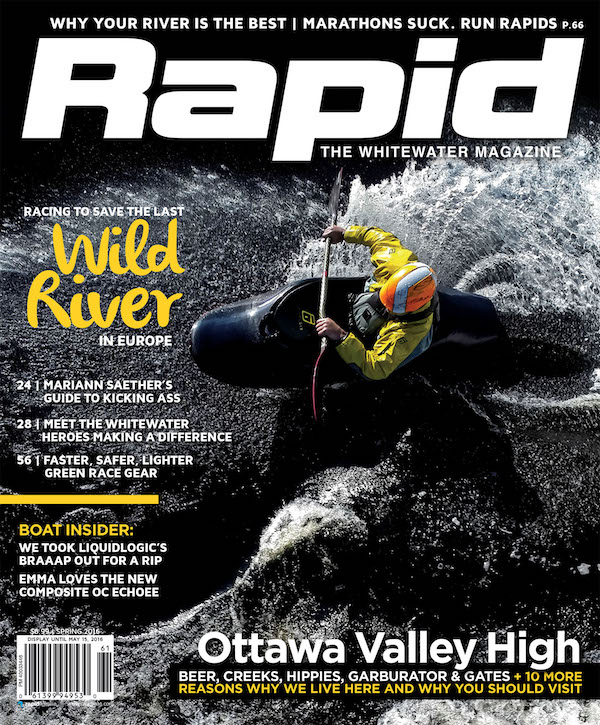 This article originally appeared in Rapid Spring 2016 issue.
This article originally appeared in Rapid Spring 2016 issue.
Subscribe to Paddling Magazine and get 25 years of digital magazine archives including our legacy titles: Rapid, Adventure Kayak and Canoeroots.



